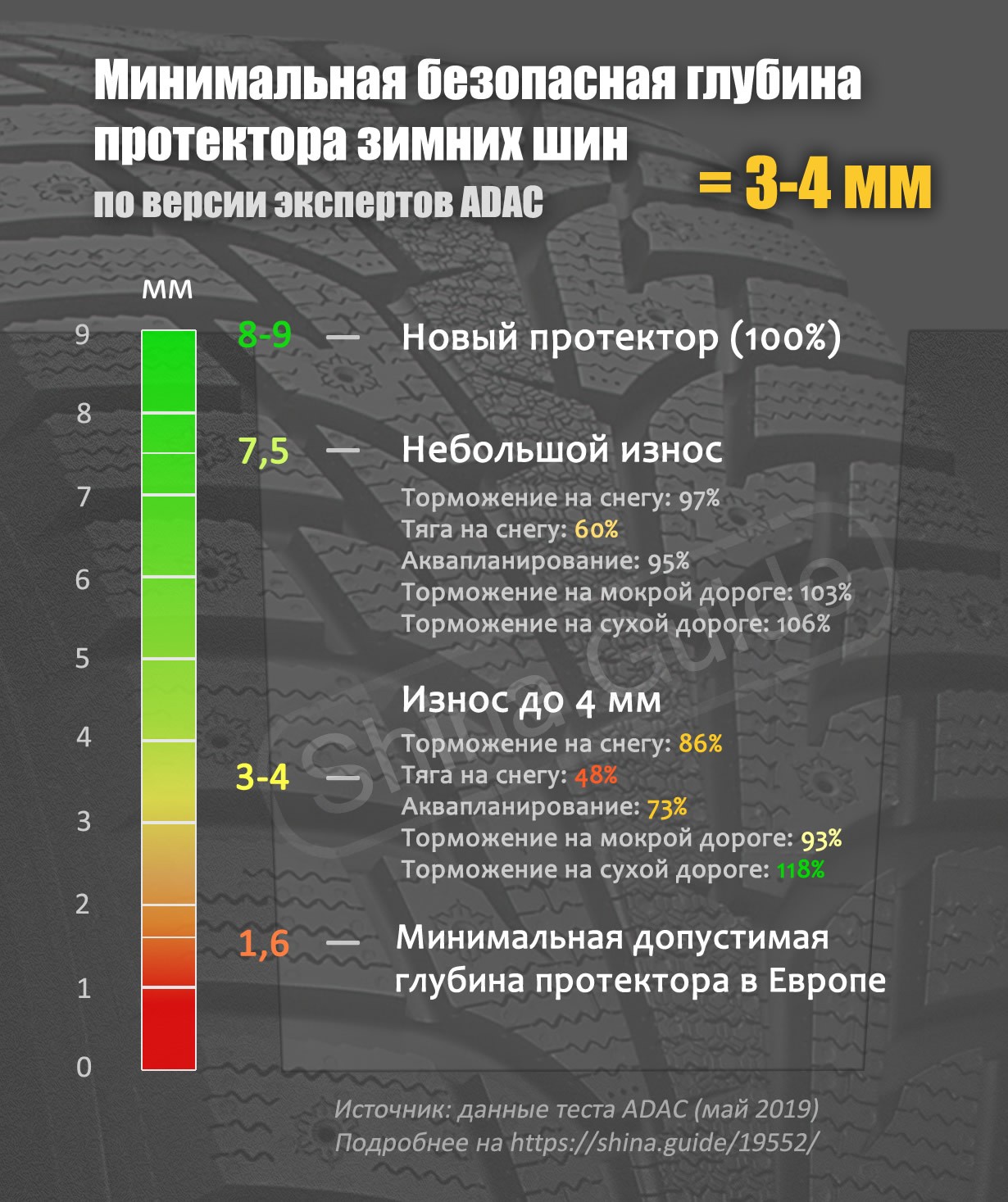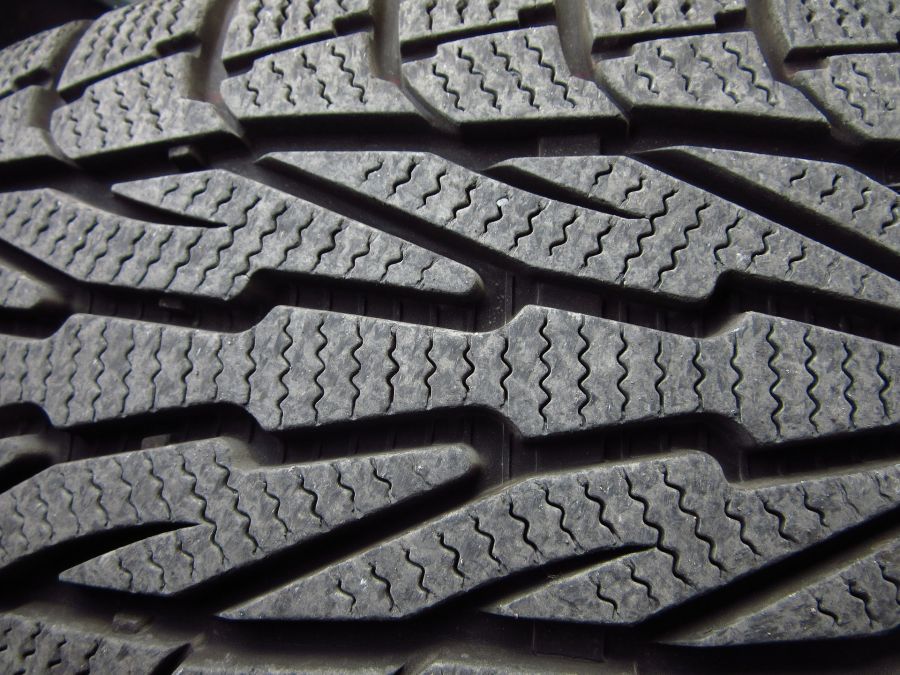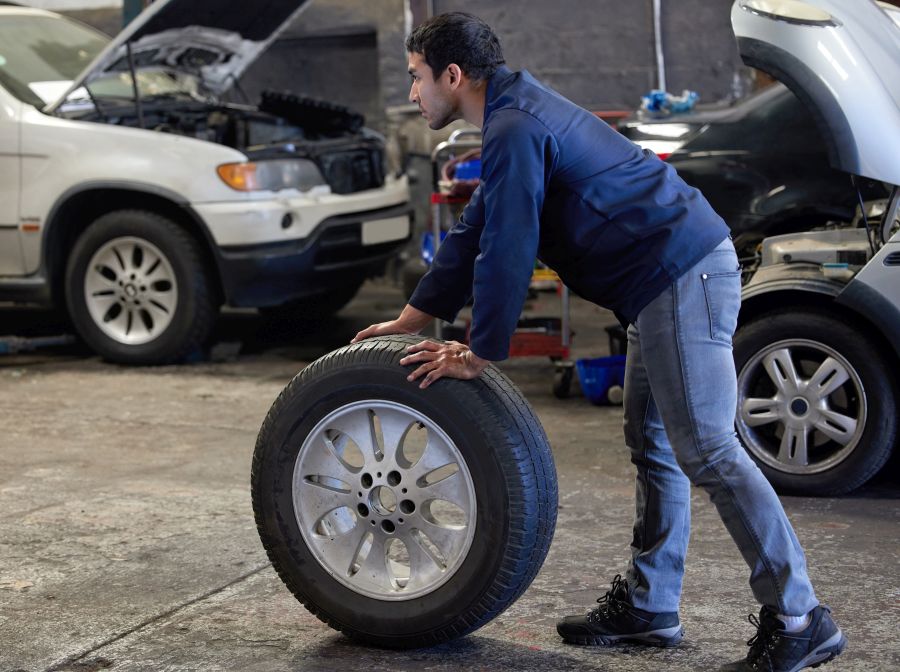
Car tire tread - what should be the minimum tire tread depth?
Content
Tires are the only vehicle components that come into contact with the road. Much depends on their quality and adhesion. Car tire care is the most important task of every driver. This affects security. A tire tread that does not have the proper (regulated) depth is a hazard. A driver who does not comply with these standards may receive a fine and a warning. More importantly, driving with the wrong tires puts you and other road users at risk.
Minimum tire tread height - regulations, standards and safety

The minimum tread height of a car tire is specified in the Ordinance of the Minister of Infrastructure of 2003. This applies to the technical condition of vehicles and the scope of their equipment. The smallest allowable tire tread height, determined by the TWI (Tread Wire Index) parameter, is 1,6 mm for passenger cars. For buses, the tolerance threshold is clearly higher at 3 mm.
TVI - how to find?
Every tire manufactured today has a TWI indicator. This is an inscription on the sidewall of the tire, the task of which is to accurately determine the place where the measurement should be taken. In the indicated place there should be a small transverse elastic band, an additional strip that “cuts” the entire tire. When it is too worn, the indicated mark begins to be visible. This is a sign that you need to change your tires.
Tire tread - why is it so important?

The role of the tire tread is very important and affects safety as well as driving comfort. In the case of passenger cars, we are talking about a load of 350-400 kilograms per tire. A tire that simultaneously rotates at high speed and is impacted by small road elements. It doesn't take much imagination to understand how important it is to have the right tires with the right tread and durability. Moreover, it is also responsible for the drainage of water and prevents the car from sliding through puddles of water (so-called aquaplaning).
Tread height directly affects:
- braking time and distance;
- grip on all types of corners;
- grip when driving on wet surfaces;
- starting and accelerating the car;
- the speed of the car's response to the "commands" of the steering wheel;
- combustion;
- driver's sense of the road.
Tire age matters

Therefore, the tread is crucial, but we must not forget one more thing - the age of the tire. Even slightly worn tires, at least "by eye", which, for example, are 8-10 years old, may not be suitable for safe driving. The rubber from which they are made hardens over time, losing its properties. This directly affects driving comfort, but also safety. Old tires tend to burst while driving. Each part has a date of manufacture - make sure the tires on your car's rims are not too old to use them.
Summer tires vs winter tires
As already mentioned, tires must have a minimum tread depth of 1,6 mm. However, it should be added that this is a critical level applicable to summer tires. In the case of winter tires, the TWI is sometimes set higher, for example by 3 mm. This is because the tread of tires designed for snow and ice must be higher to be effective when driving in such difficult conditions. So tires, at least in theory, wear out faster.
However, it is important to know that winter tires operate to a slightly different standard. It is strongly not recommended to use them until the last moment, as they will lose their running properties. And wheel slip in winter is not something any driver wants to deal with. Therefore, if you care about safety, change tires a little earlier. If you are not sure that the time has come, contact a specialist - vulcanizer or mechanic.
Pay attention to the tread wear indicator!
When it comes to tire tread, control is paramount. In addition to checking the year of manufacture of tires, they also regularly check their condition. The TWI indicator is useful, but tread thickness can also be measured manually. You do not need any special equipment - a simple ruler is enough. This simple measurement will tell you what condition your tires are in and how long you can safely use them. After purchase, the tread is between 8 and 10 mm, depending on the manufacturer and type of tire.
Inspect the tire across the entire width in all possible cavities. If the values differ depending on where you measured, this could mean several things. Pay attention to:
- Excessive tire wear along its edges - this means that the air pressure is too low;
- excessive tire center wear is a sign of too high tire pressure;
- uneven wear between the inner and outer parts of the tire - in this situation, incorrect wheel geometry cannot be ruled out;
- uneven and unique wear across the entire tire may indicate that the wheel has been unbalanced.
Don't wait until the last minute
The sipes, grooves and thickness of the tire depend on how it was designed by the manufacturer. Low profile tires behave differently than high profile tires. However, the most important thing is observation and regular measurements. If you can't find the problem yourself, get professional help. This is a cheaper and safer solution than waiting until the last minute. Similarly, tires should not be used until the tread depth is 1,6 mm. Just because it's legal doesn't mean it's safe or economical. Tires worn to the limit are a danger to all road users. Change tires regularly.
The tire tread will answer many questions about the technical condition of the car. But more importantly, it will allow you to determine if the tires should be replaced. Taking care of security in this case is crucial, so do not put off the decision for too long. Tires with a tread that doesn't provide traction can be a death trap. This applies to both summer and winter tires. With bad tires, you can easily skid even on wet surfaces. It's worth remembering.
Frequently Asked Questions
What is a tire tread?
The tread is the part of the tire that is in direct contact with the road surface. This is the outer layer of rubber that protects the surface of the tire from damage. Appropriate tread depth provides traction and control of the car, which ensures safety on the road.
How many mm should the tire tread be?
The smallest allowable tire tread height (determined by the TWI parameter) is 1,6 mm for passenger cars and 3 mm for buses.
How to check tire tread?
First of all, check the year of manufacture of the tires. Tires must not be more than 10 years old. Another thing you need to check is the tread depth - you can do this with the TWI indicator on the tire. You can also measure it with a ruler - the useful tread should not be less than 1,6 mm.